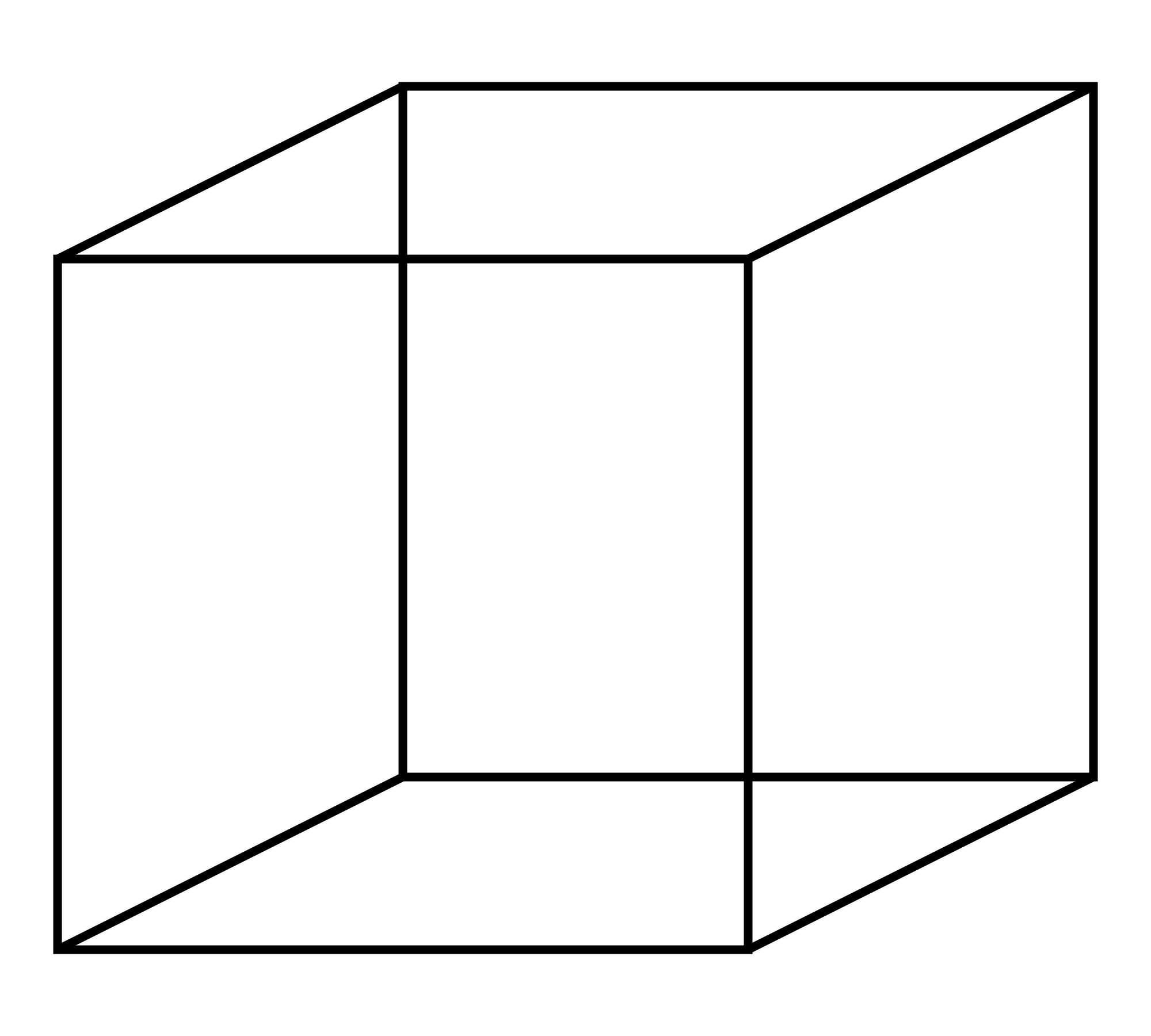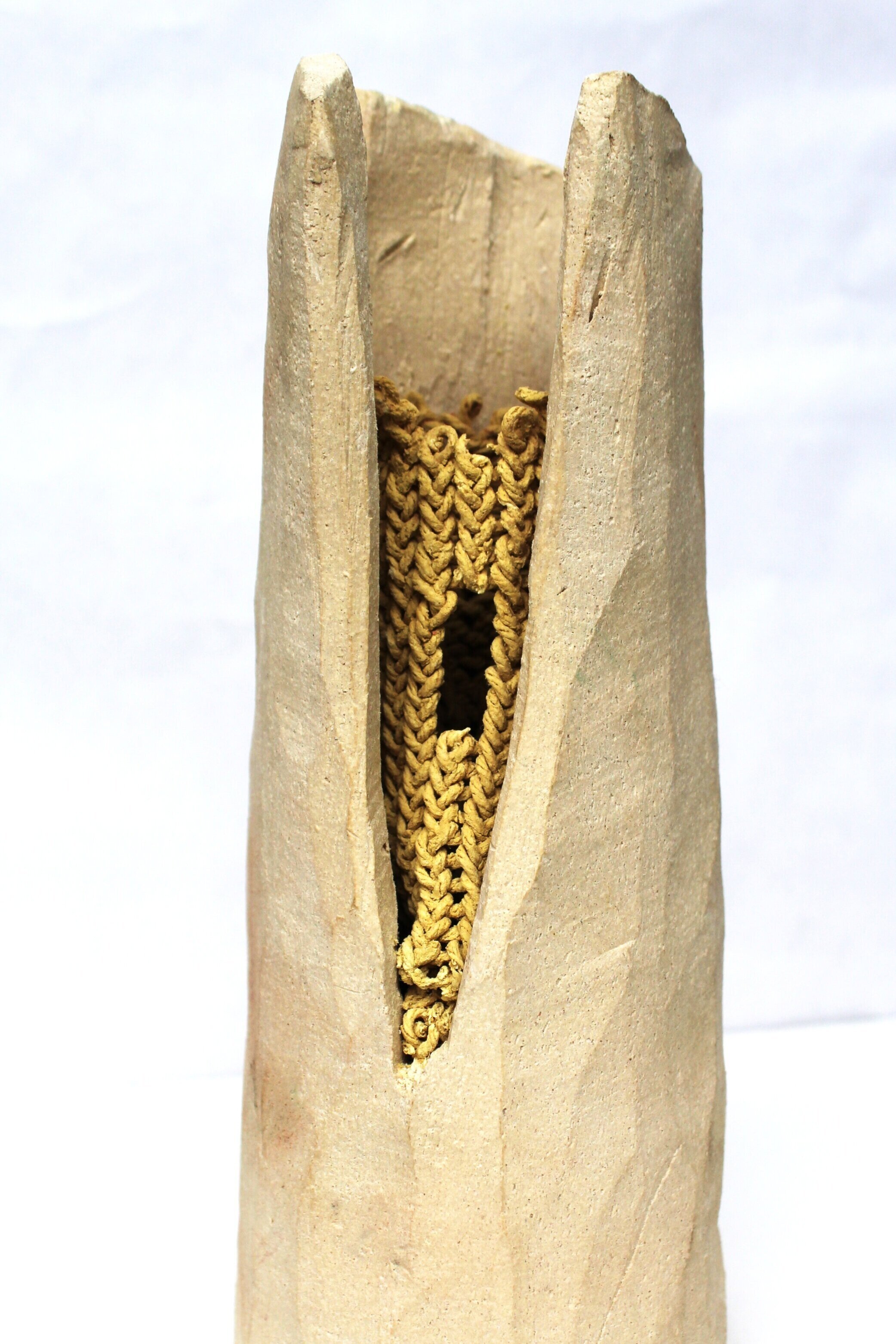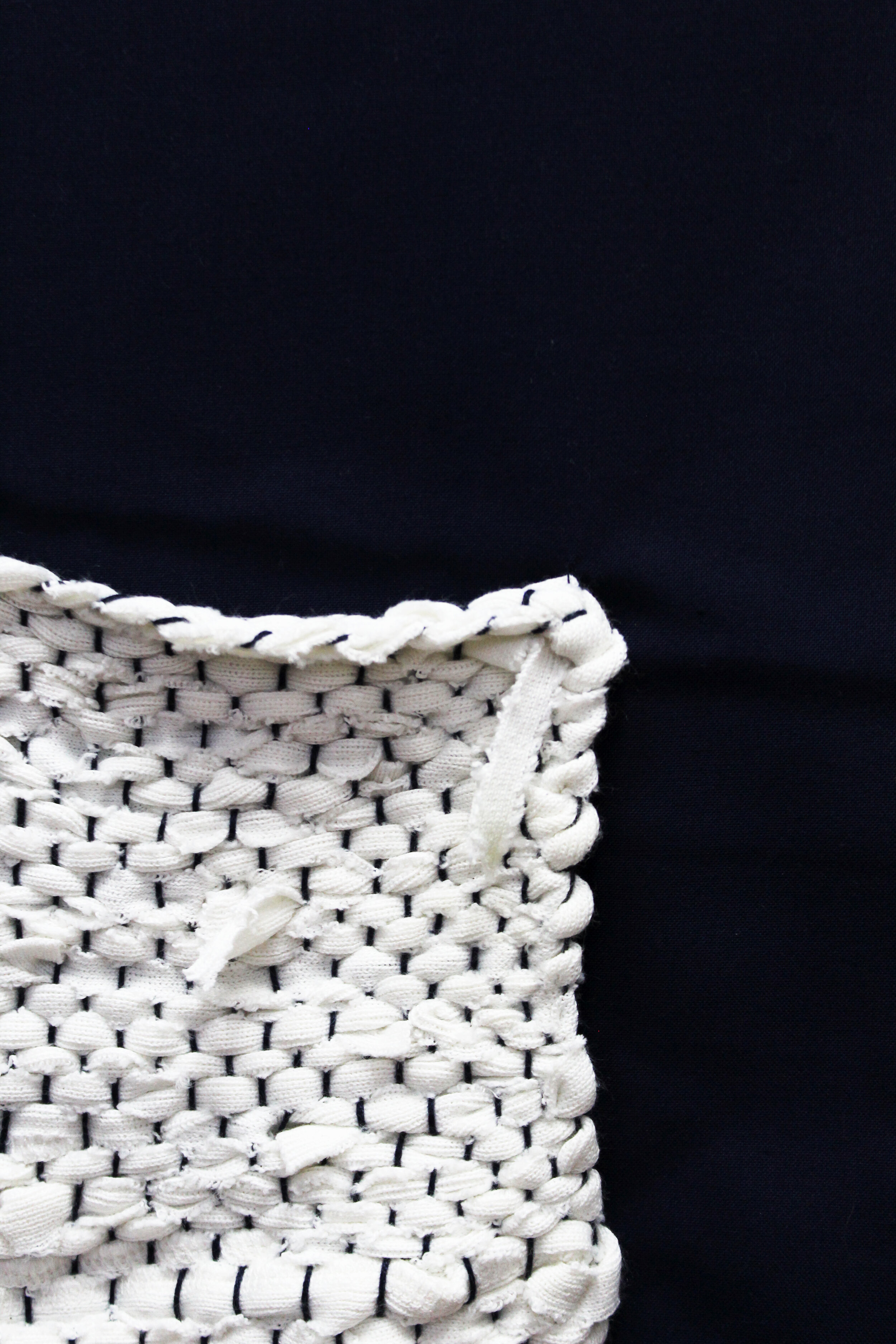Feature Artist Spotlight: Ivet Salazar - Ancient Textile Techniques for the Contemporary Peruvian
Young Peruvian artist Ivet Salazar recently joined our first-ever virtual exhibition ‘Herencias Colaborativas: nuevas conciencias de creación’ and immediately caught the eye of one of the top collectors in our country. Now welcoming her into our portfolio as the first exclusive BLOC Art artist, we provide an in-depth look into her transformative creative processes that re-interpret and re-adapt ancient textile techniques into modern day designs as a way of ‘returning to the roots.’ She states:
“The relationships that we have to the [pre-Colombian textile] techniques, as we see them in museums, are not really ours. They belong to the museum, to the Paracas culture, but not to young Peruvians.”
Overcoming the temporal and esoteric divide between her ancestors and her, Ivet weaves personal meanings into contemporary expressions that salvage the versatile practices as invaluable cultural heritage.
“The relationships that we have to the [pre-Colombian textile] techniques, as we see them in museums, are not really ours. They belong to the museum, to the Paracas culture, but not to young Peruvians.”
In 2015, Ivet embarked on a journey into the Peruvian highlands. With paintbrushes and oil paints stowed away in her backpack, she set foot seeking for creative self-exploration. Crossing the rigged landscapes of Apurímac, a region north-east of the Incan capital Cusco, she soon found herself accepting a position as an art teacher at a local school. She stood in front of a class that could not relate to the concept of a museum or a gallery and would respond with ‘river’ if she spoke of ‘ocean.’ While she had taken education courses alongside her studies at the Pontifica Universidad Católica del Perú and École des Beaux Arts du Mans in France, these students presented a challenge unlike any she had previously encountered in the classroom.
It would seem appropriate to assume that teaching is in her blood given that she follows a lineage of educators in her family; her grandmother, mother, aunt and cousin. However, having witnessed the light dancing across her eyes as she spoke fondly of her growing understanding and relationship to her students, it is rather the intuitive desire to learn that canalises her being.
Ivet bought her first ball of wool in Cusco, before heading to Apurímac, and has since continued to explore the rich possibilities of fibre and thread with her hands. Sourcing her inspiration to each unfolding experience and thought, she marks her pregnancy with her daughter as a momentous turn in her creative development. The soon-to-be-mother was enthralled by the mystery growing inside of her womb and the idea of giving birth to her. In anticipation, she cultivated an experimental practice that united her mind to her body-in-production. She recalls:
“I felt like I could talk about myself through that process […] This is me and not what I want you to see or what I see. I can show you who I am, what I feel and how I see things.”
Thus the paint canisters were left unopened and the paint brushes untouched. Not only did Ivet remove the toxic oil fumes from her daily practice, but with that also the associated sociopolitical themes in her work.
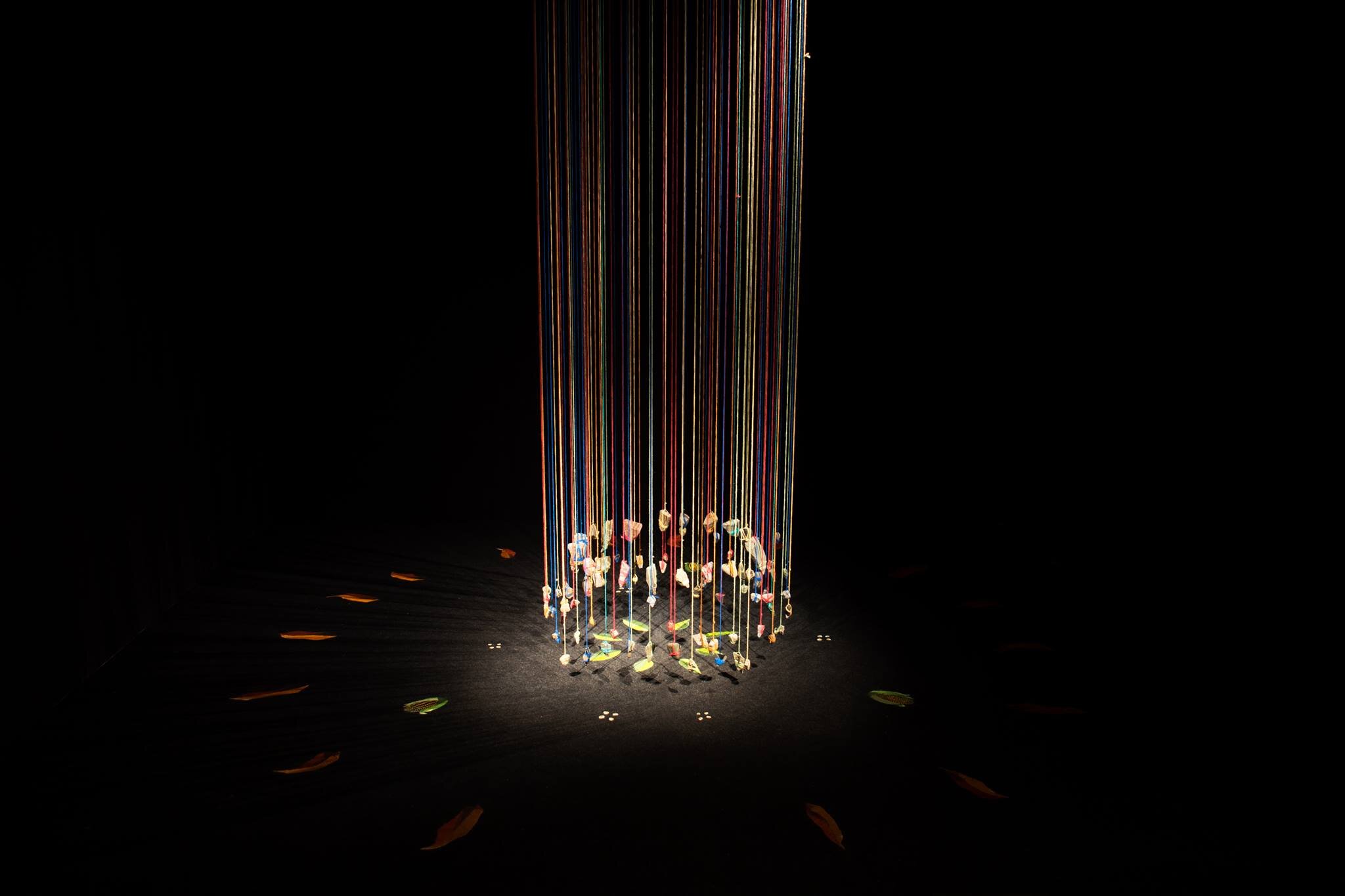
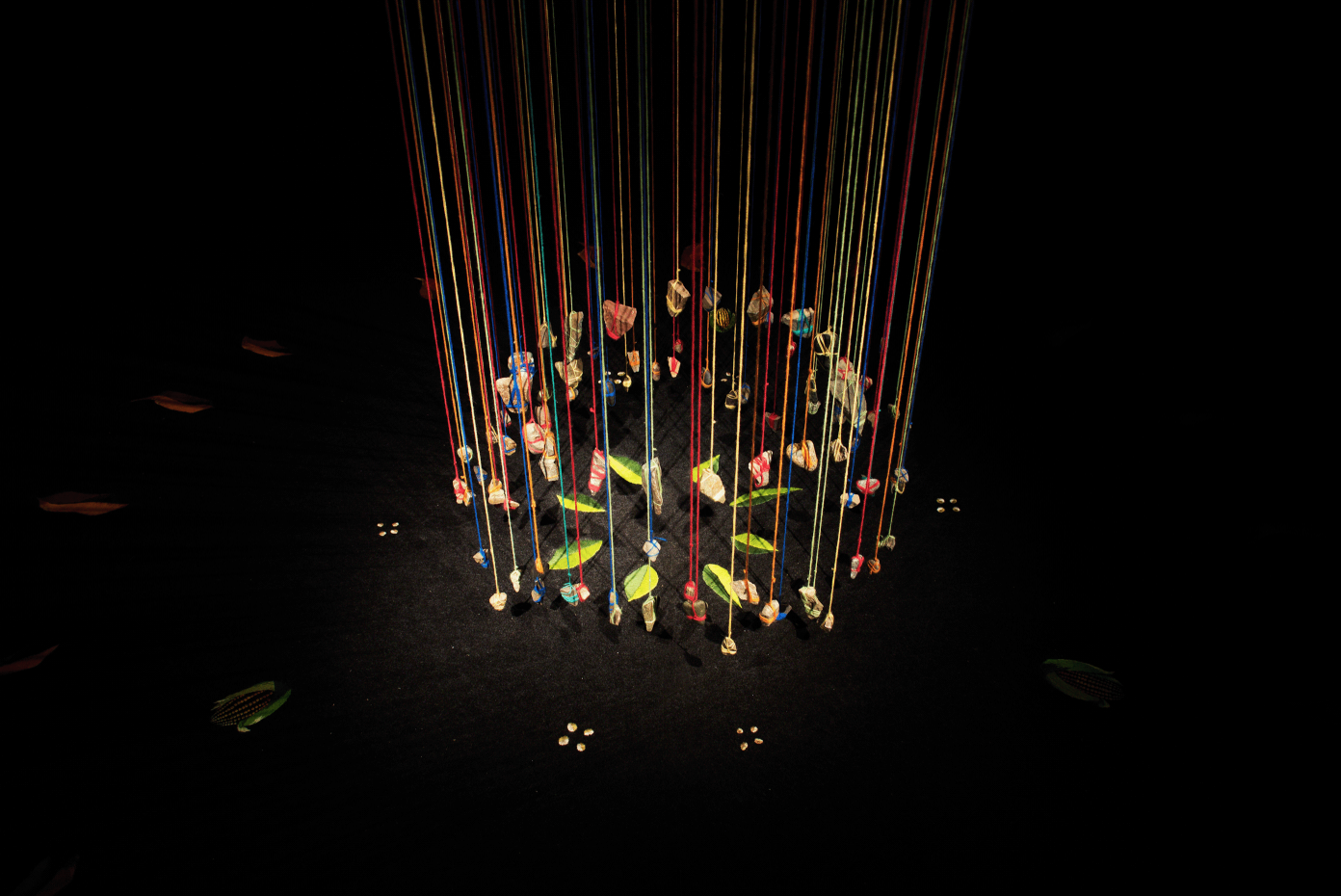
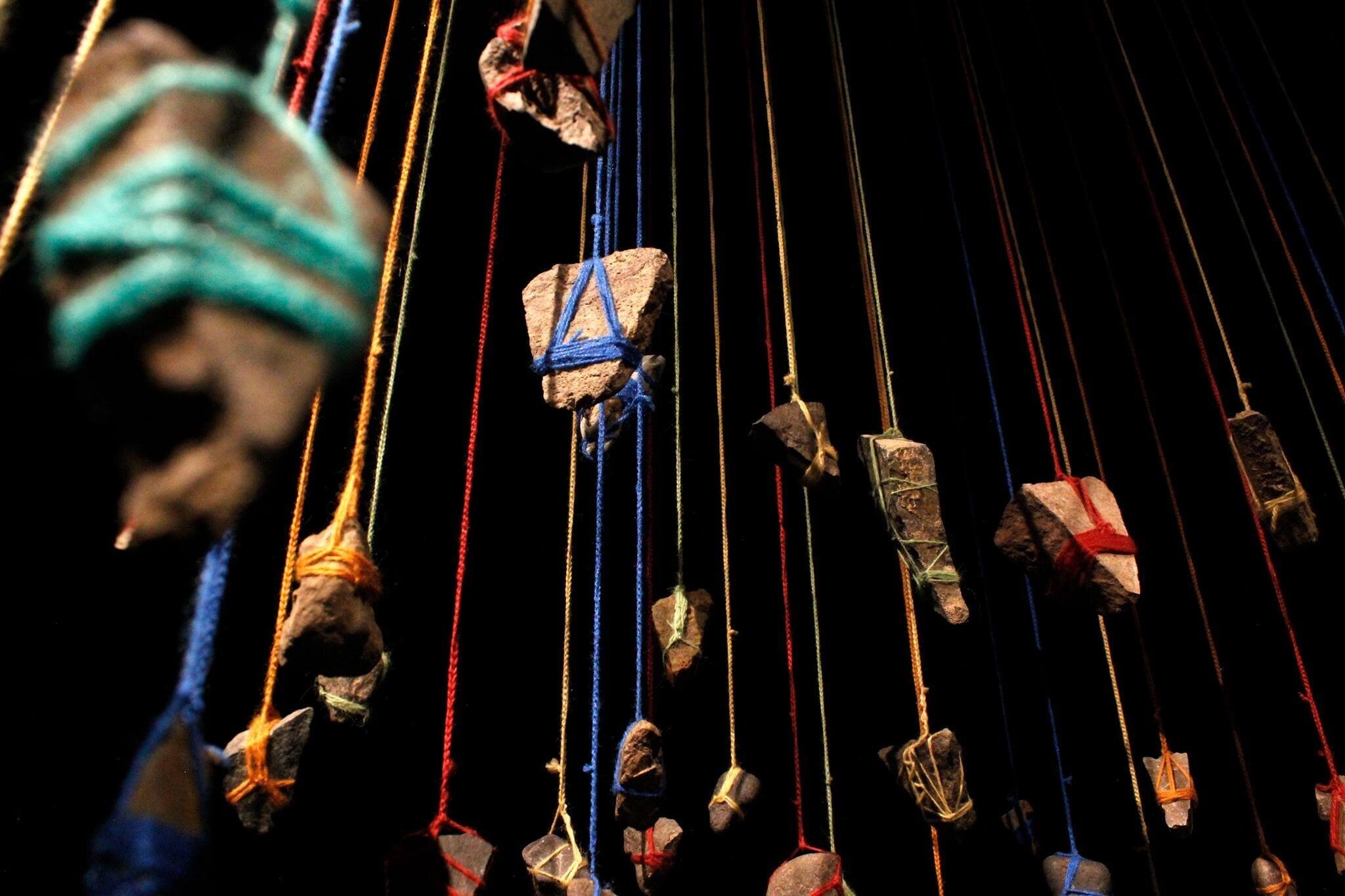
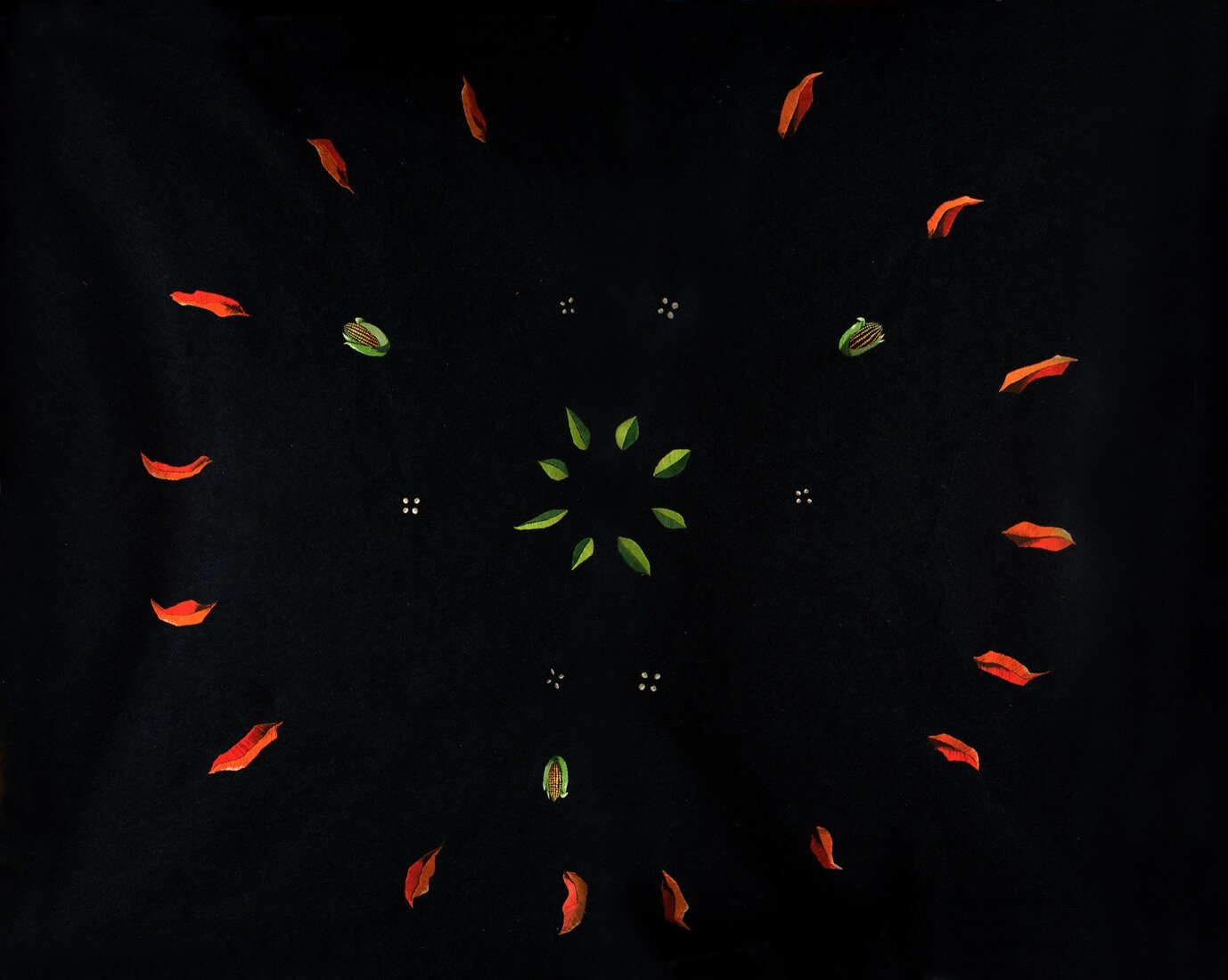
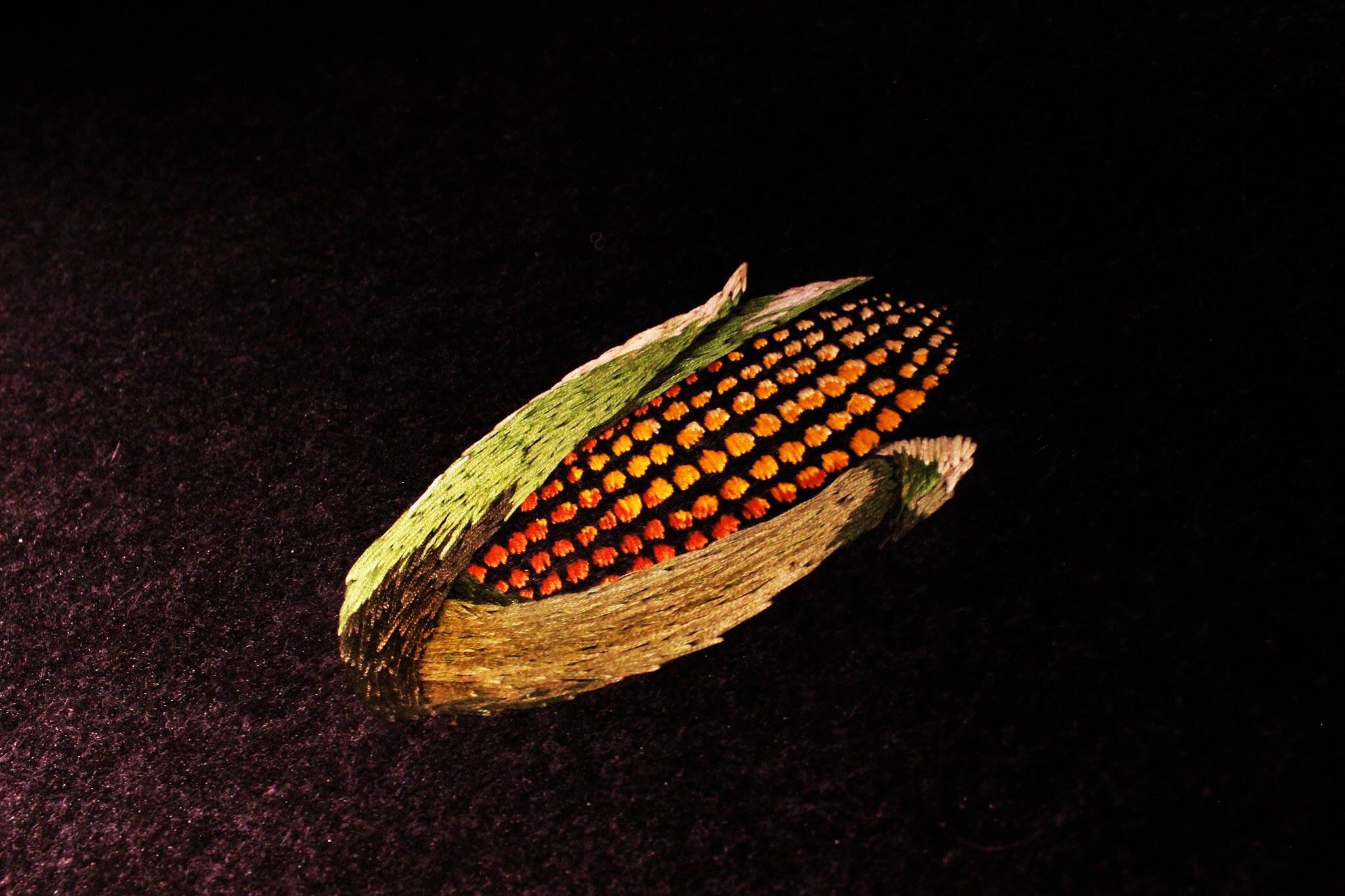
The installation project ‘origen’ (also: origin) combined three ancestral conceptions of “origin,” namely the vertical, circular and horizontal. One hundred stones were hung from colourful woollen fabrics above a hand-embroidered carpet that Ivet completed while reaching over her growing belly. When recalling a photograph taken of her as a centrepiece to the installation, she found little words to describe her sensations. Instead, she chose to express her dedication to long and intricate artistic output:
“We have lost the respect for slow processes […] I am not trying to follow the speed of the world and the now, but I am trying to take time to do things that I am going to feel good with.”
Ivet fully surrendered herself to a new realm of artistic exploration when introducing ceramics into her work in 2017. Respectful of natural progressions during the creation process, much like during pregnancy and giving birth, the ceramic fabric series are the prototypes of trial-and-error heating processes in the oven. Each piece is an uncontrolled outcome that merges delicate textile structures into transportable ceramic bodies. The versatility in their distinctive characteristics bring into fruition a conversation between the ancient Pre-Columbian textile practices and universal modern-day interpretations:
“It’s about the process […] these ancient techniques invite us to be in the present. They need you to be there with all of your mind and body to create them and give them time to be. That is what they are about.”
The fossilised structures present a dichotomy between rigidity and fragility. Almost as though frozen in movement, some of the textiles hide while the ceramics protect. In other pieces the ceramics offer themselves as platforms for the textiles to showcase and reveal themselves. Contrasting between flexibility and restriction, the push-and-pull encourages us to recognise ourselves in their structures, vulnerabilities and dependencies.
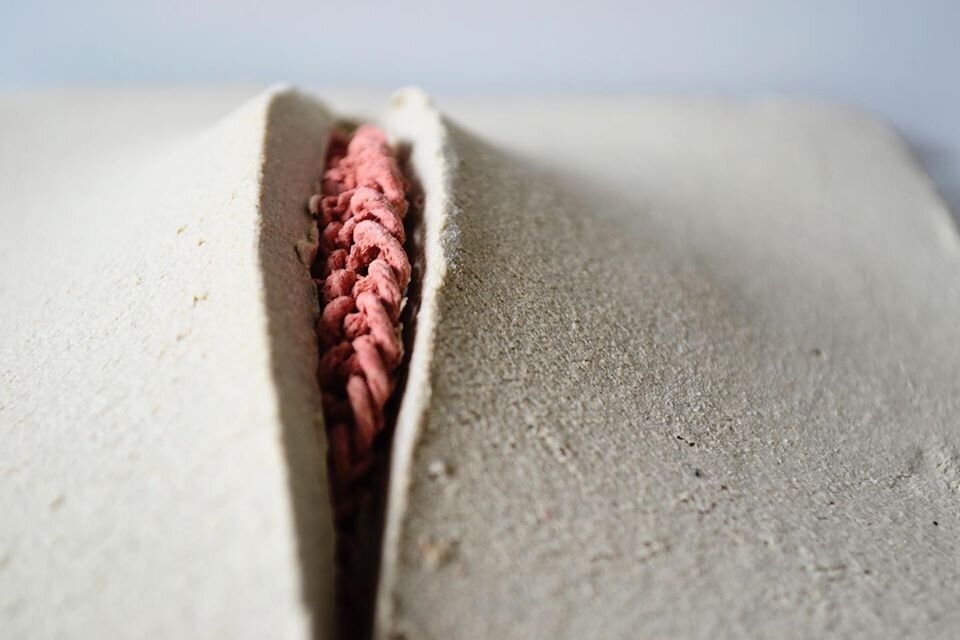
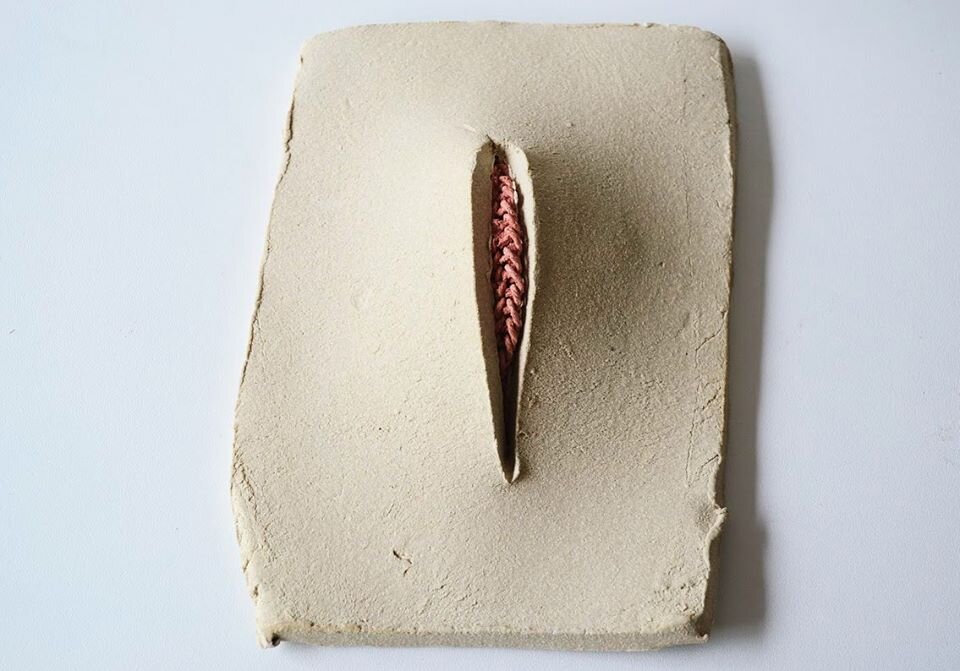
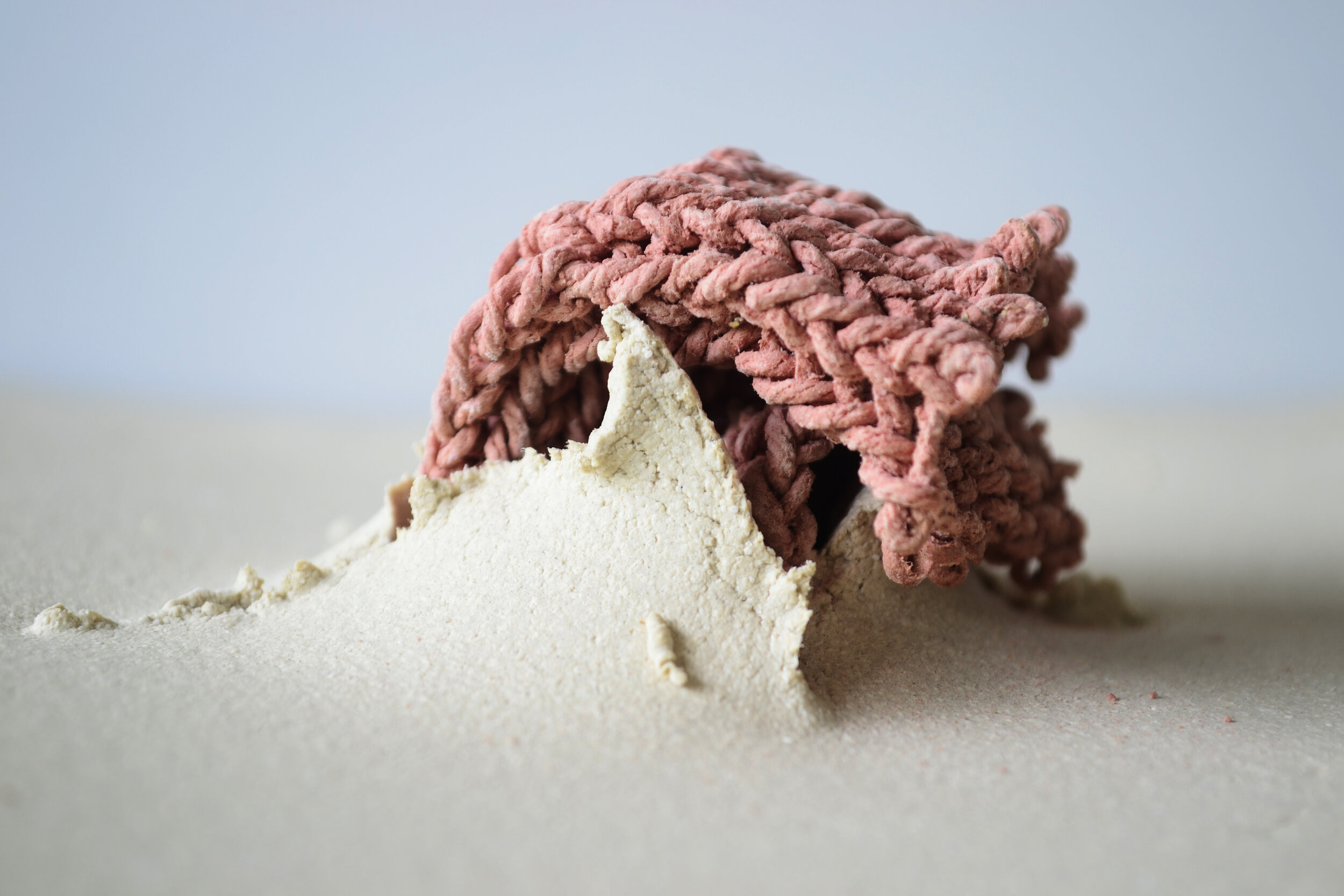
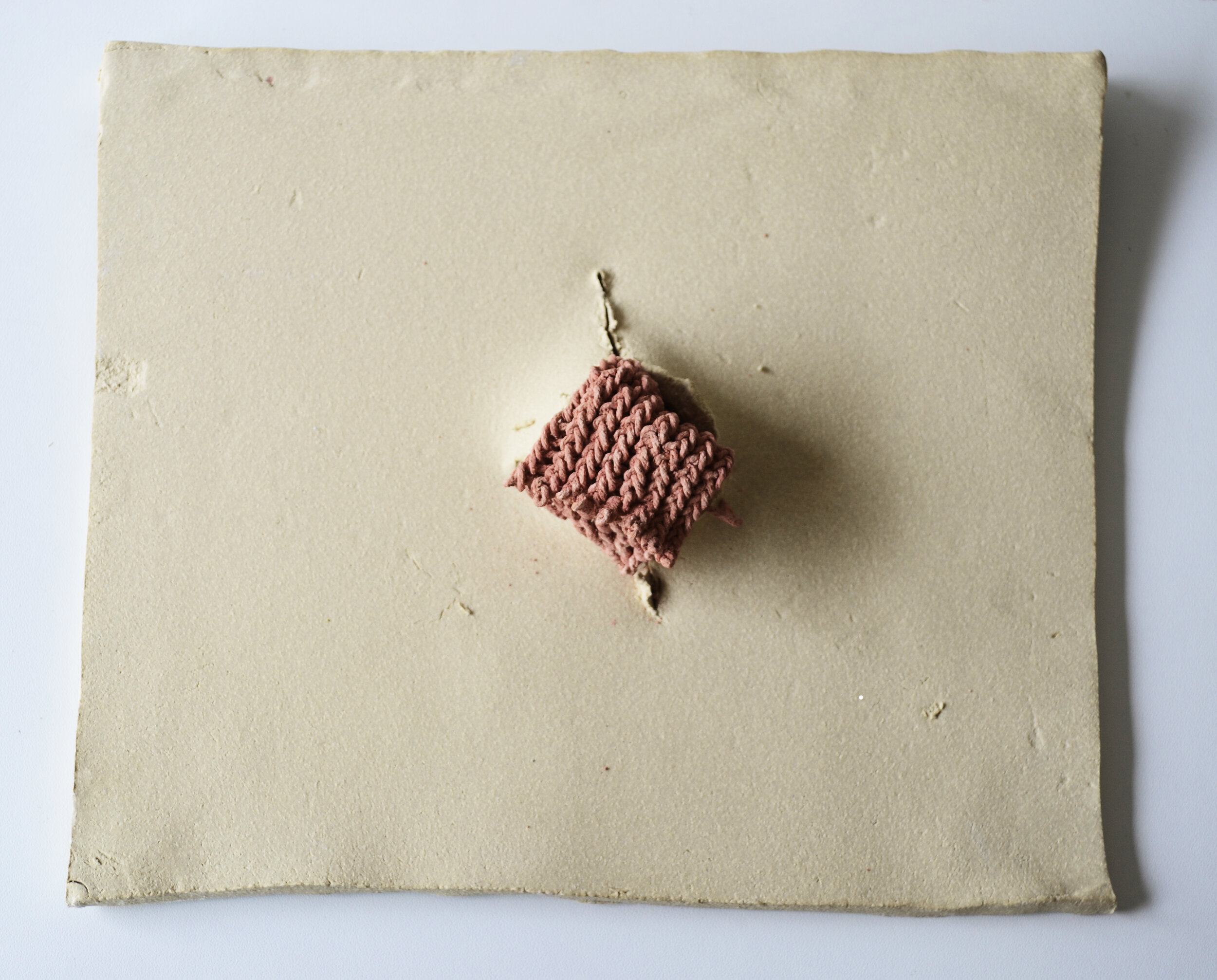
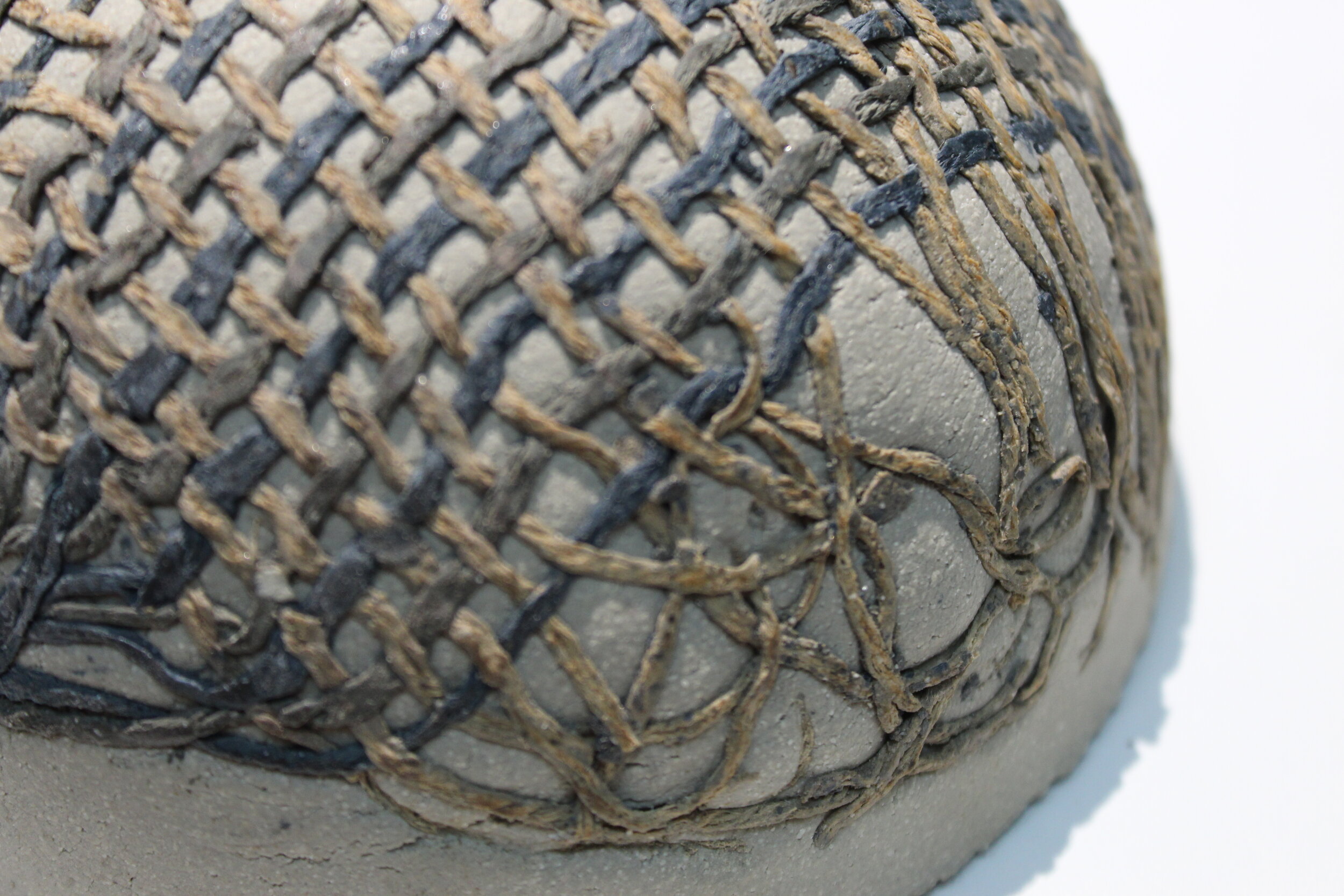

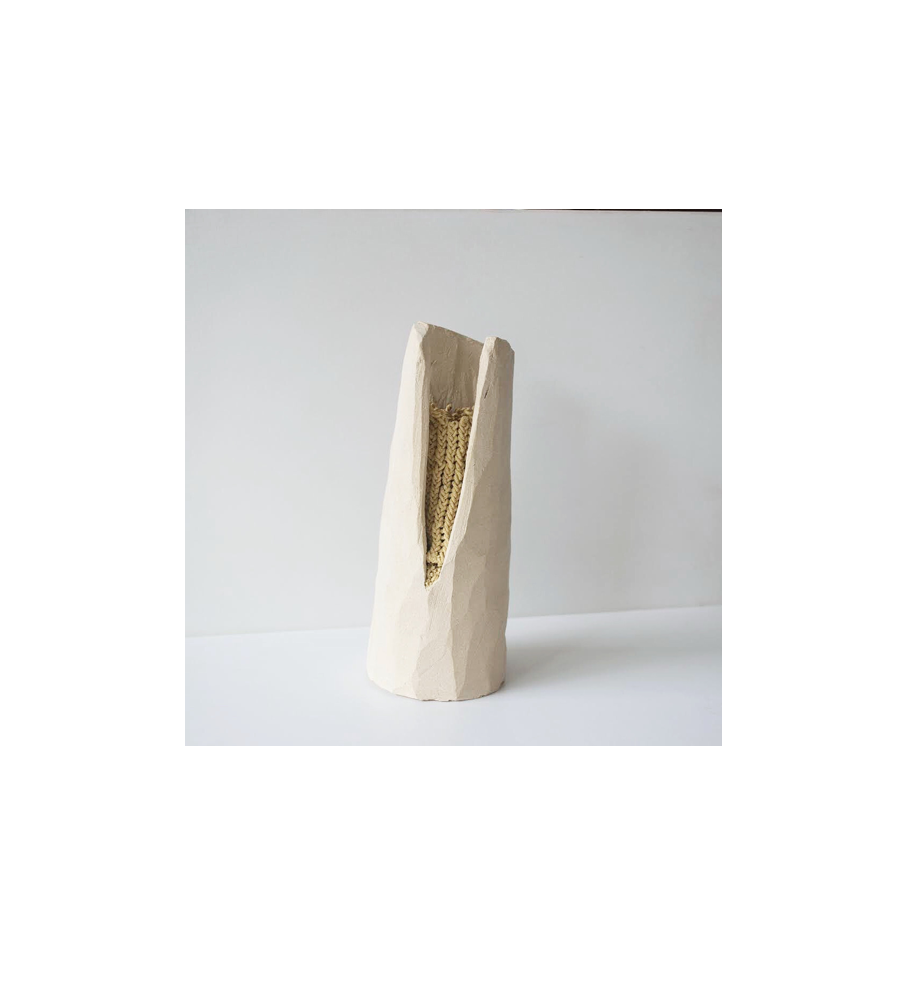
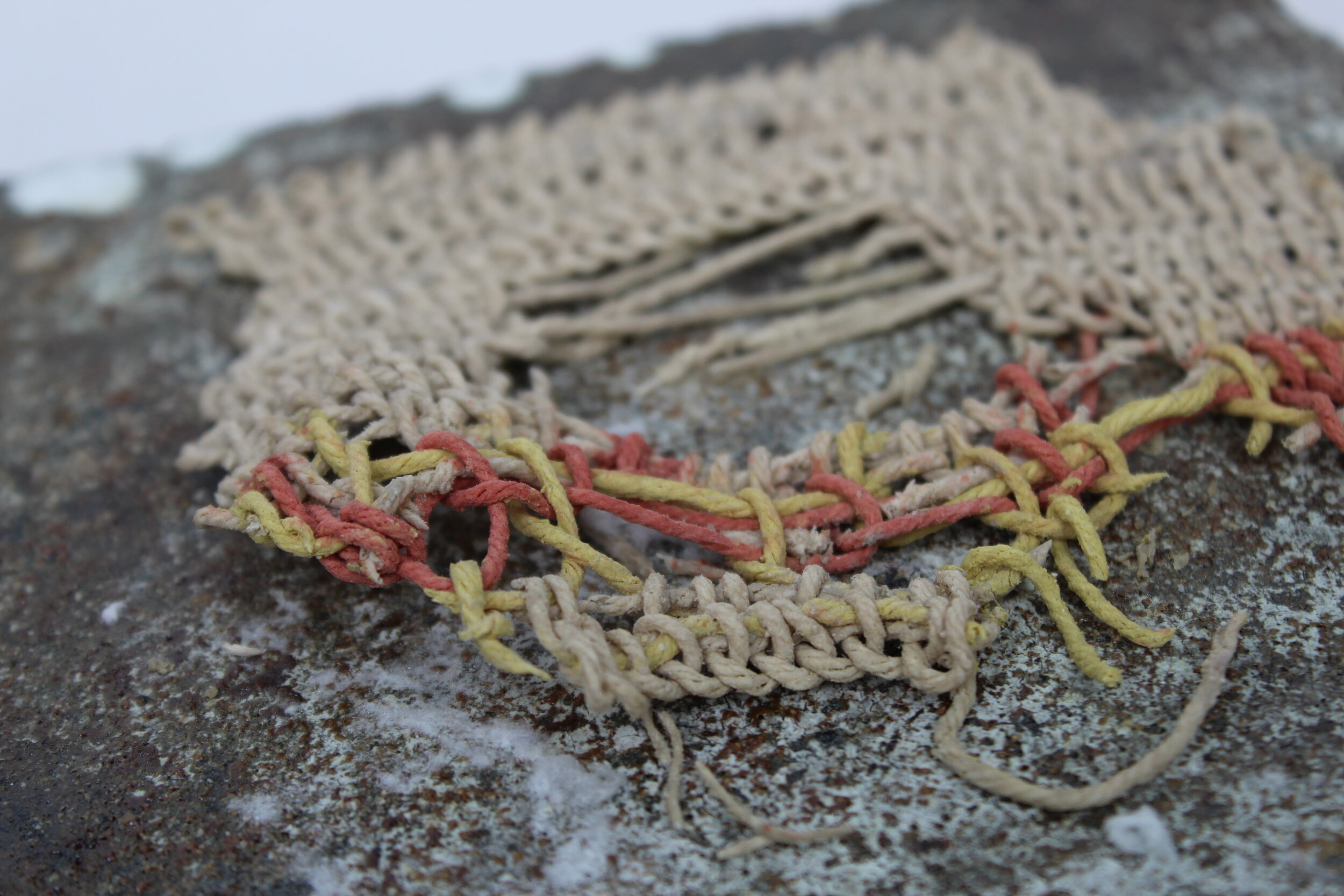
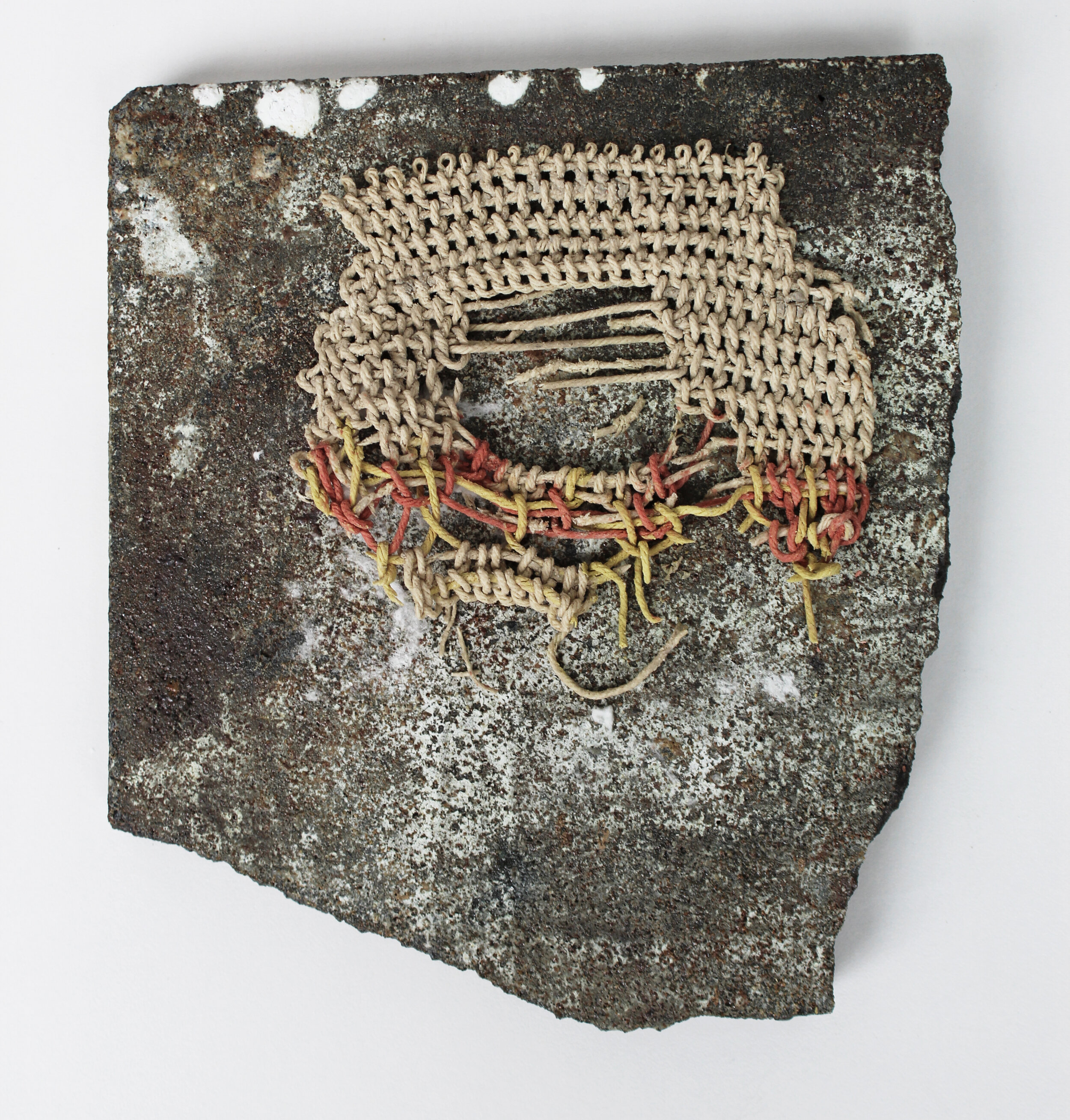
Ivet recovered her relationship to Peruvian ancestral practices and successfully exhibited her ceramic fabric series at her second individual show at the monumental Qorikancha Museum in Cusco, Peru in 2018. The following year she was invited to exhibit at the Cervantes Institute in Tokyo, Japan. In celebration of 120 years since the arrival of the first Japanese migrants to Peru, the collective show gathered 19 young Peruvian artists to showcase work that reflects on the ‘Nikkei’ (Japanese) ancestry as it is lived abroad. Ivet had been given little opportunity to relate to her father’s mother who had faded from memory-eating Alzheimers. With her passing, any link to the Nikkei ancestry was lost. However, the artist’s ‘No me olvido’ (also: ‘I don’t forget’) textile project embodies her active contemplation and persistent reconnection effort.
The jumbled fibre mess in her ‘Nikkién Soy’ (also: ‘I am Nikkei?’) piece simulates the confusion through which she stumbled while familiarising herself with an ancestry foreign to her. In the application of the traditional Japanese ‘Sakiori’ textile technique, the artist repurposes her grandmother’s aged sweater for the creation of new associations. Now part of a private collection, her ’No me olvido’ piece materialises her assertion, as a type-of flag that marks her inception into her ancestry as a tightly woven patch, trailing a thread and the intent to continue exploring.
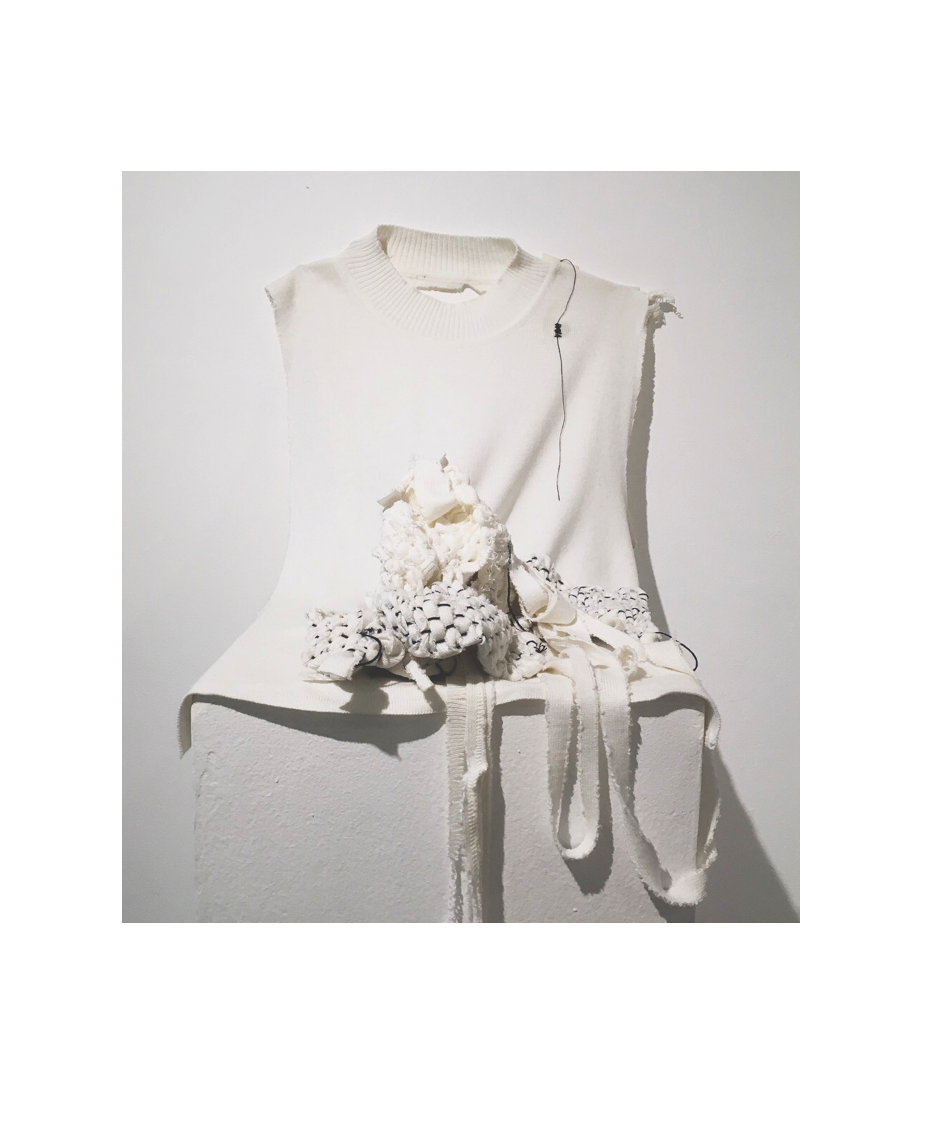
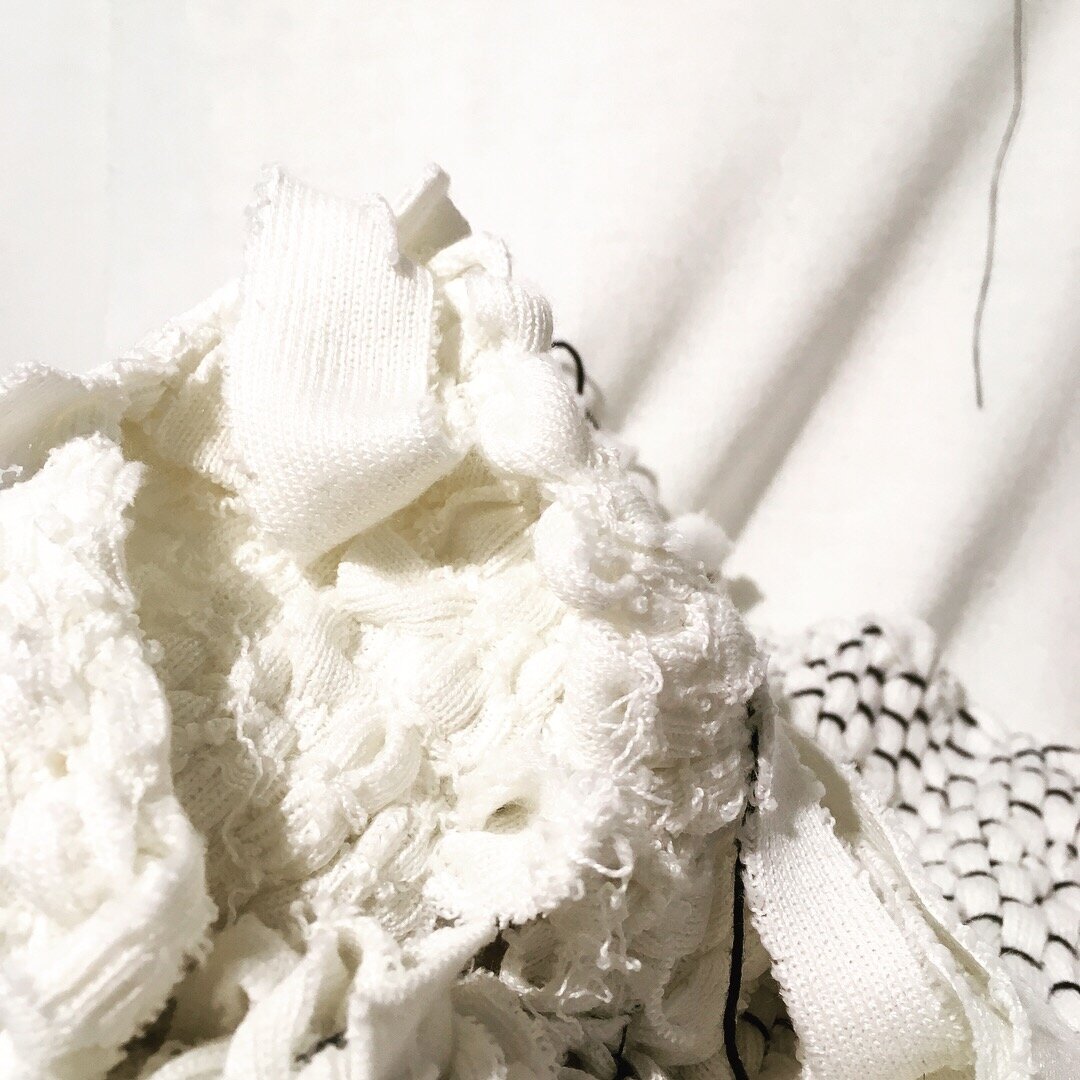
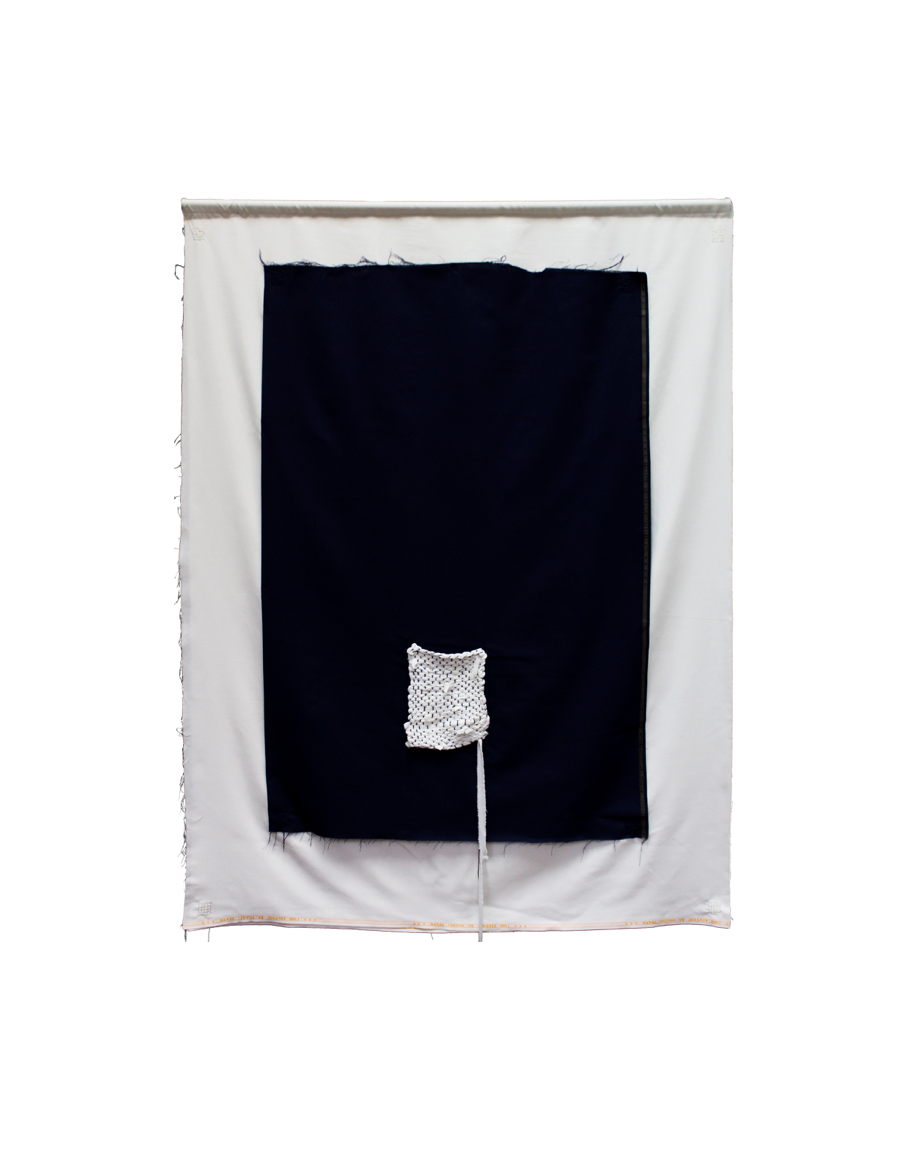
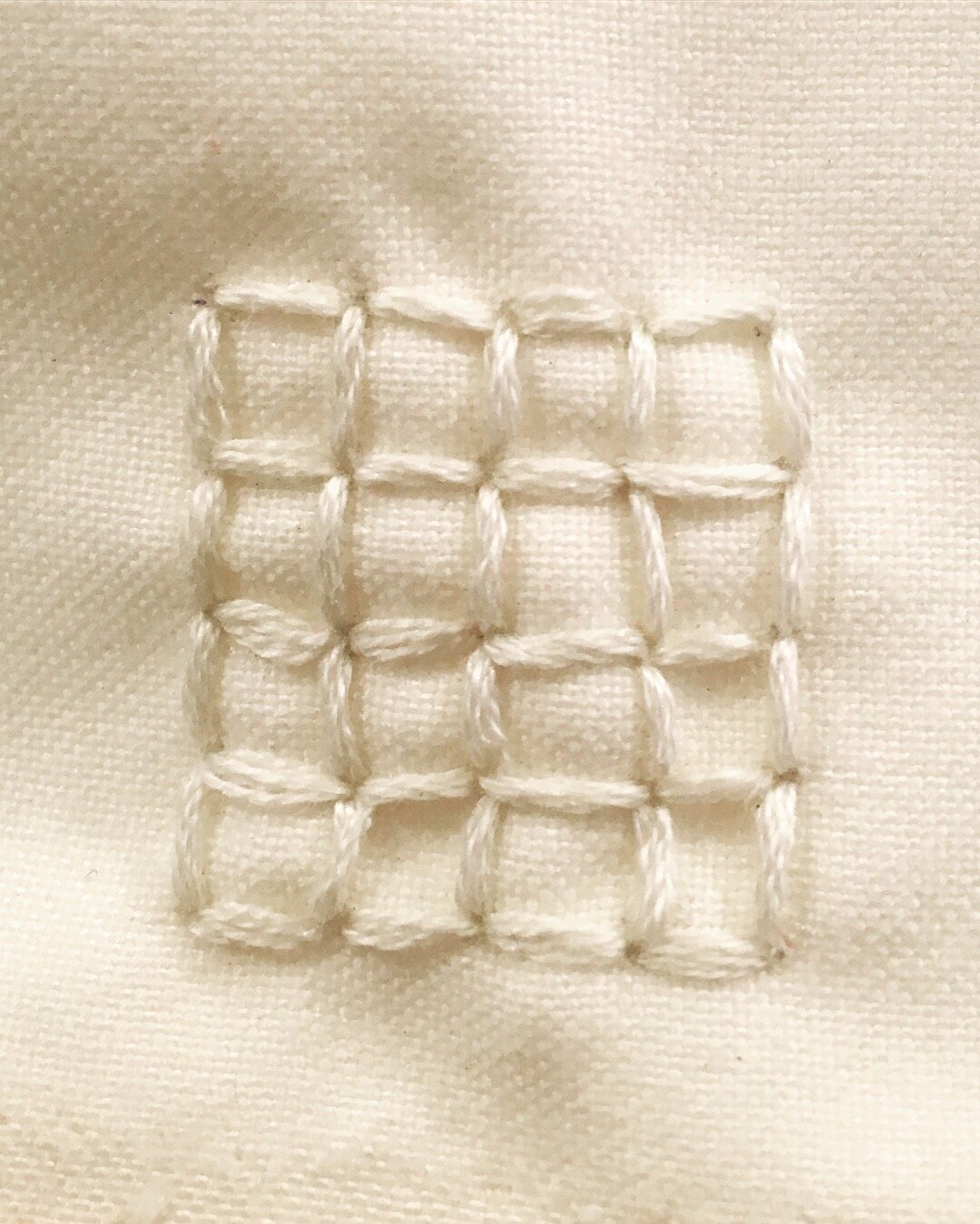
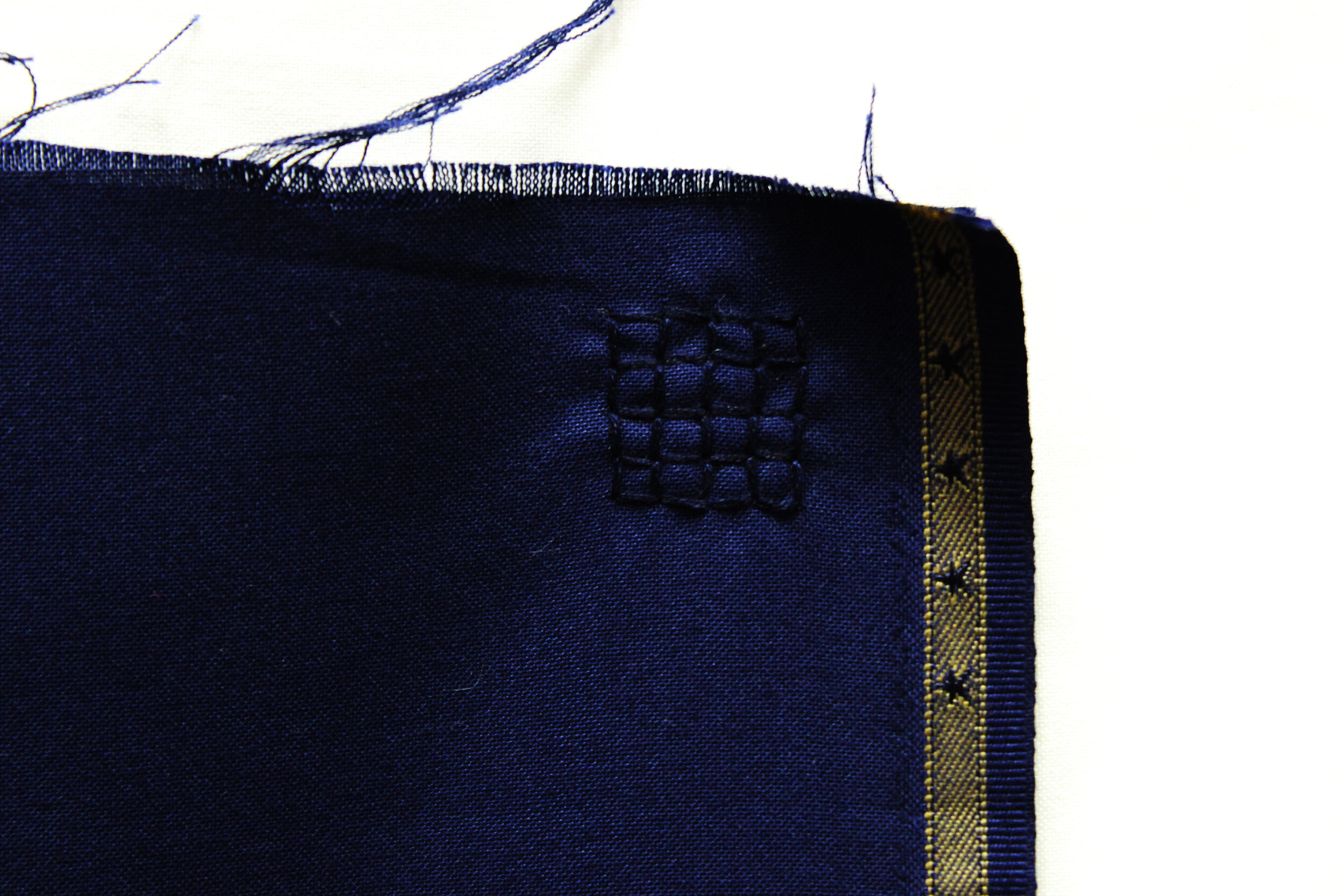
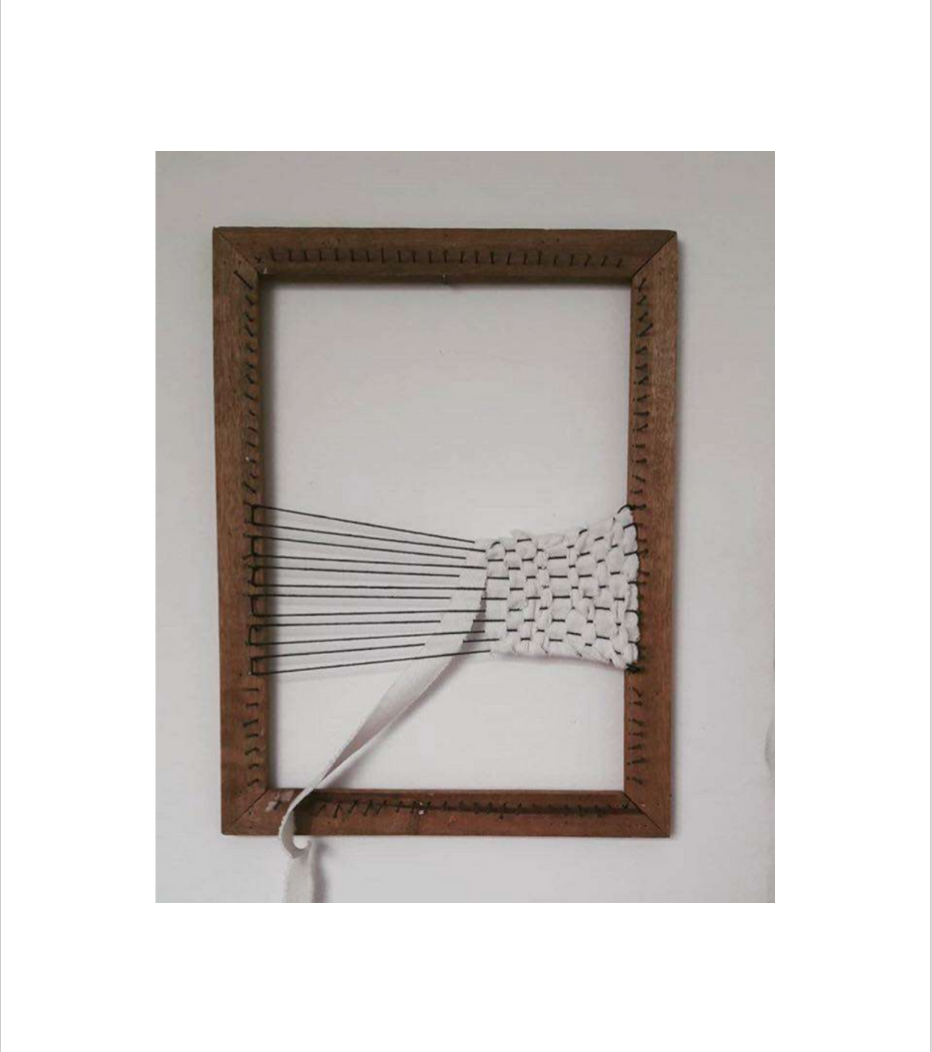
Ivet is fascinated by the depth, intricacy and versatility of both traditional Peruvian and traditional Japanese textile techniques. She wonders whether her natural preference for the minimalistic, clean and intricate aesthetic, as typically associated to the Japanese, has always derived from her previously-estranged cultural ancestry. ‘En orden’ (also: ‘In order’) thus reflects not only an ideation in order, but also in progress that she continues to develop in her most recent creative endeavours. Now in the company of her three-year-old daughter, she shares her days interweaving both ancestral techniques into personal expressions at her home in Lima.
The artist has demonstrated rapid and tremendous growth in recent years. Eager to evade distinct categories of craft or to associate herself to a particular time and place, her creative output lies in the nexus between her humble expressions and bold confrontations to her most personal relationships. As a granddaughter, mother, teacher, student and artist, Ivet has channeled her fine perception of personal (inter-)action to encourage us to relate compassionately and respectfully. Whether she is recovering, repurposing or transforming her identity, ancestry or motherhood - we are pleased to welcome this rewarding artist to our portfolio:
“Getting the chance to welcome young Ivet Salazar as one of our exclusive representative artists is such a pleasure as I personally see her potential like a diamond in brut, ready to be polished. Don’t get me wrong, I am only an instrument in the full-length process of getting her into the competitive international art world. Collectors, curators and art consultants already have their eye on her so I’m here to express that I am open to any collaboration that will nourish her artwork.” - Brenda Lucia Ortiz Clarke, Founder of BLOC Art
